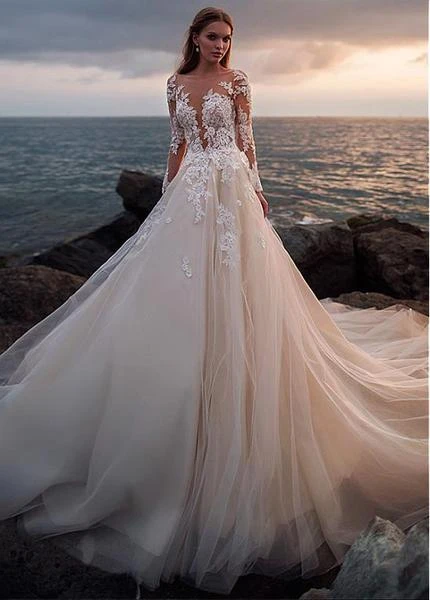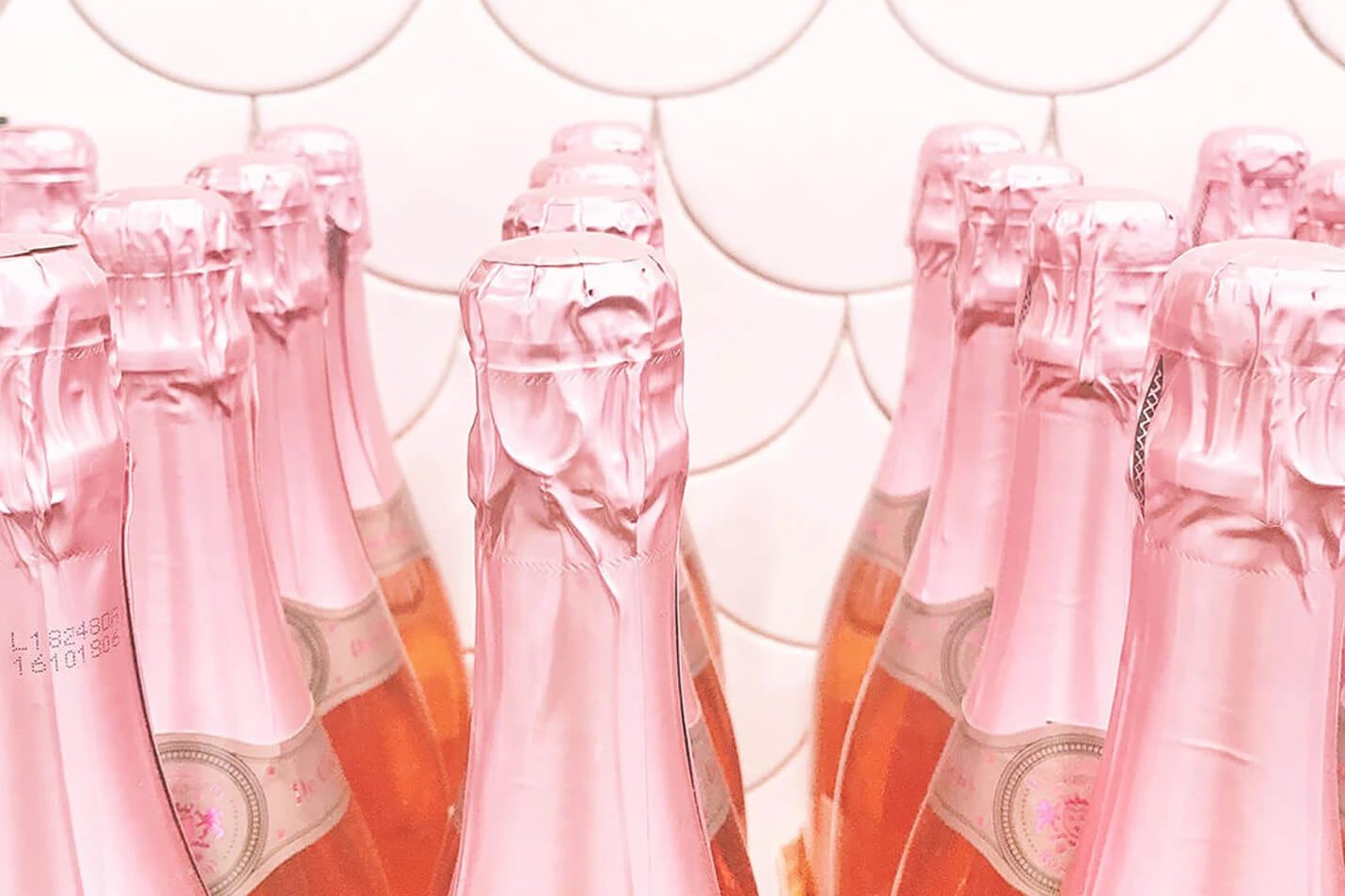Do you also find it difficult to sort your outfits as soon as the wedding season hits the calendar dates? While the invitation card sits on your table, and the excitement keeps on building up. Somewhere in your mind, a question quietly nags your brain cells: “What should I wear this wedding season?”
Especially if you are one of the groomsmen or bridesmen, you have to be at your best, right? Well, there is no limit to men’s ethnic wear in the Indian market. On one hand, there’s a sharp and suave Bandhgala, alternatively known as the Jodhpuri suit, and at the other end comes the Achkan Sherwani, giving you a graceful look through any event. But even after hours of hunting shops and surfing the internet for second opinions, the same question keeps coming back.
Choosing between a Bandhgala and Achkan isn’t just about picking an outfit, it’s about finding the perfect balance between modern-day fashion sensibilities and traditional Indian roots. Whether you're the groom, the best friend, or a stylish guest, your Indian reception attire for men deserves thought, effort, and a little personality.
Let’s break it down to make the decision easier—and sharper—for you.
Bandhgala Suit For Men
The traditional masterpiece, the Jodhpuri suit, better known as Bandhgala, has time and again dominated the men's ethnic wear category. Absolutely sharp, structured, and stylish, the bandhgala suit is associated with the roots of Rajasthan, highlighting that every wardrobe requires a western twist while maintaining the clean modesty within.
What sets the Bandhgala apart is its unique silhouette and the signature Mandarin collar jacket design. Usually tailored as a hip-length coat and worn with trousers or churidars, this look is all about how you carry yourself. This traditional wear has to be a go-to pick for anyone looking for Indian formal wear for men that sits right between tradition and red-carpet-level polish. Choose fabrics as per your choice. From comforting velvets to rich brocades and silk, the fabric choices allow room for experimentation, making it a popular choice for men's traditional reception outfits.
Achkan Sherwanis And Their Wide Popularity
However, what hits the ball in the court with equal smartness is the achkan for men. Tracing back to the Mughal era, achkan sherwanis are just another smart ethnic wear, catching the attention with their charming front or side openings.
Usually longer than the bandhgala, the design of an Achkan is what makes it stand out in the world of Indian ethnic fashion for men. It usually features a knee-length coat with a straight-cut silhouette. The front or sometimes side-tied (known as baghal bandi) closures give it a slightly traditional appeal, ideal for daytime receptions or more cultural ceremonies.
The Achkan is usually lighter, less flared, and comes in breathable fabrics like cotton, linen, or silk, often with just a hint of embroidery or surface detail. For someone trying to strike the perfect balance between comfort and culture, the Achkan is one right pick.
Bandhgala vs. Achkan: Which One Should You Choose?
So now that we brought to you an idea of what makes a Bandhgala and an Achkan stand out, it’s time to make the real decision, what should men wear to an Indian reception? If you’re still caught between the sharp appeal of the Bandhgala and the rooted grace of the Achkan, let us help you out.
Time Matters: Day or Night Makes a Difference
One of the most important factors while choosing Indian reception attire for men is the timing of the event. Although this goes completely ignored, for occasions like evening receptions, a bandhgala suit can be really good. Its structured silhouette and deeper color palettes like charcoal, midnight blue, and maroon look particularly sharp under ambient lights and in evening settings.
You can go for an Achkan if the event is scheduled during the day. The light, breathable fabrics and traditional cut offer both style and comfort under the sun, especially in outdoor venues.
Formality Check: What’s the Mood of the Event?
While both outfits fall under traditional Indian men’s wear, the level of formality you want to project makes a huge difference.
● For ultra-formal affairs, a Bandhgala makes a strong impression. It’s smart, sophisticated, and can offer a sharp approach towards luxury.
● On the other hand, an achkan sherwani feels more grounded and culturally rich. It’s your best bet for semi-formal occasions, rituals, or wedding ceremonies that are intimate and steeped in tradition.
It’s All About Your Vibe
At the end of the day, the difference between Bandhgala and Achkan doesn’t only lie in design, it’s also about what suits your personality.
● Bandhgala: If you’re someone who loves contemporary fits, minimal accessories, and clean tailoring, go with this. It’s a classic in the world of Indian formal wear for men, without being too loud.
● Achkan: Prefer a more traditional, rooted look that reflects cultural depth? Achkan is for you. With the right accessories, it can be transformed into a statement outfit that still feels authentic.
Styling and Accessory Guide: Because Details Matter
Choosing the right outfit is only half the job done. When you delve deeper, you’’ll realize that styling up is equally necessary.
Footwear Choices
● Bandhgala: Pair it with polished leather shoes or classic mojaris. The look is sleek, so keep the footwear understated yet sharp.
● Achkan: Embroidered juttis or handcrafted mojaris bring the perfect finishing touch. If you’re adding a dhoti or churidar, stay in the traditional zone.
Accessories That Elevate
● For the Bandhgala, add a subtle pocket square, metallic lapel pin, or a royal brooch. Keep it minimal but meaningful.
● With the Achkan, think in terms of a turban, stole, or a kamarbandh. These instantly elevate the outfit while nodding to old-school Indian style.
● Bandhgala suits are most often spotted in intense tones, think navy, bottle green, maroon, or deep grey. These create a polished, evening-ready aesthetic.
Achkans, however, shine best in ivories, pastels, beige, or even earthy rust tones—perfect for daylight and

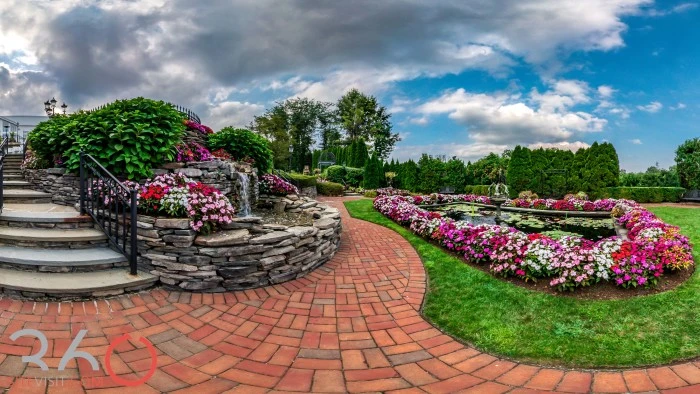


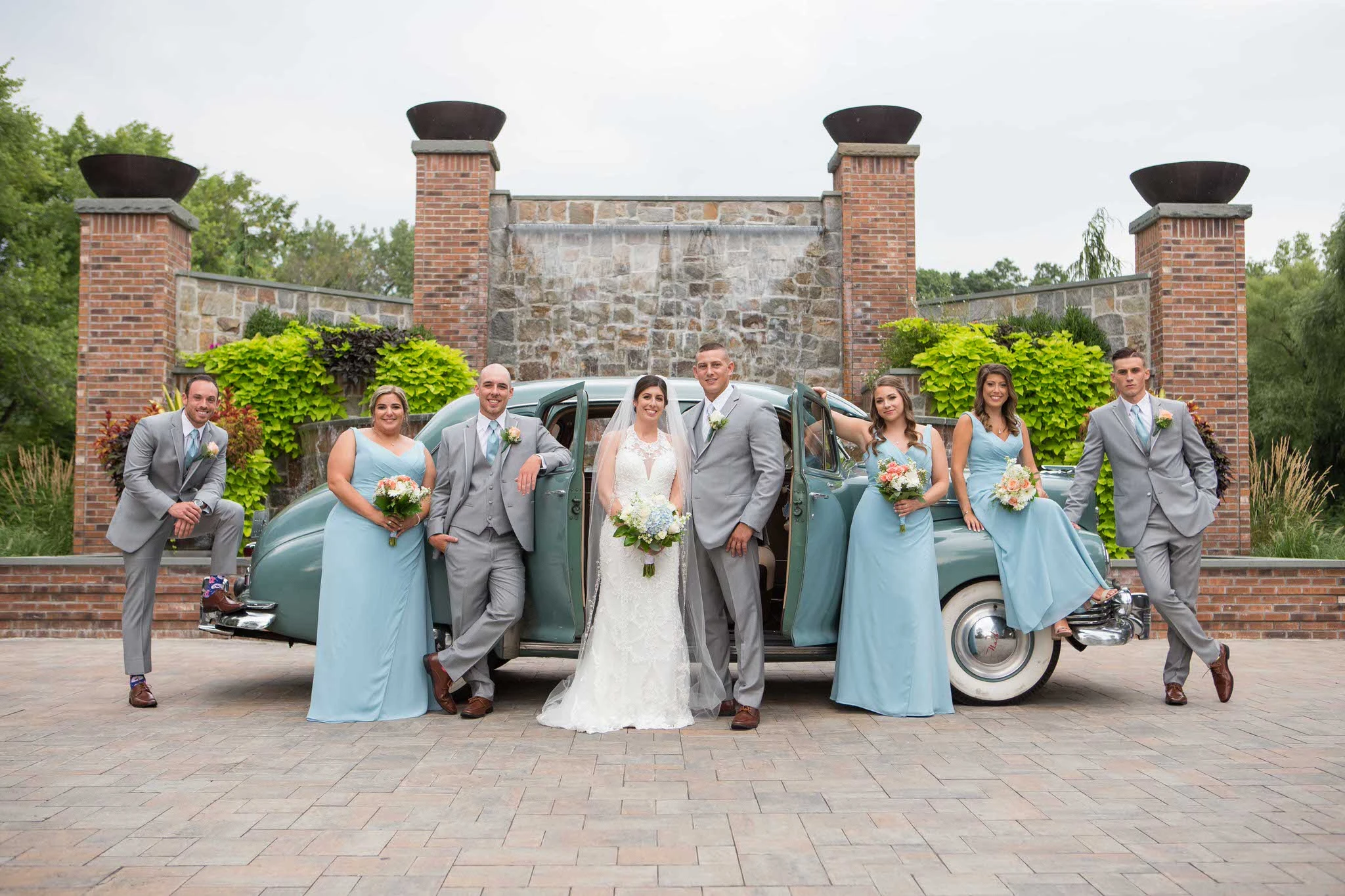


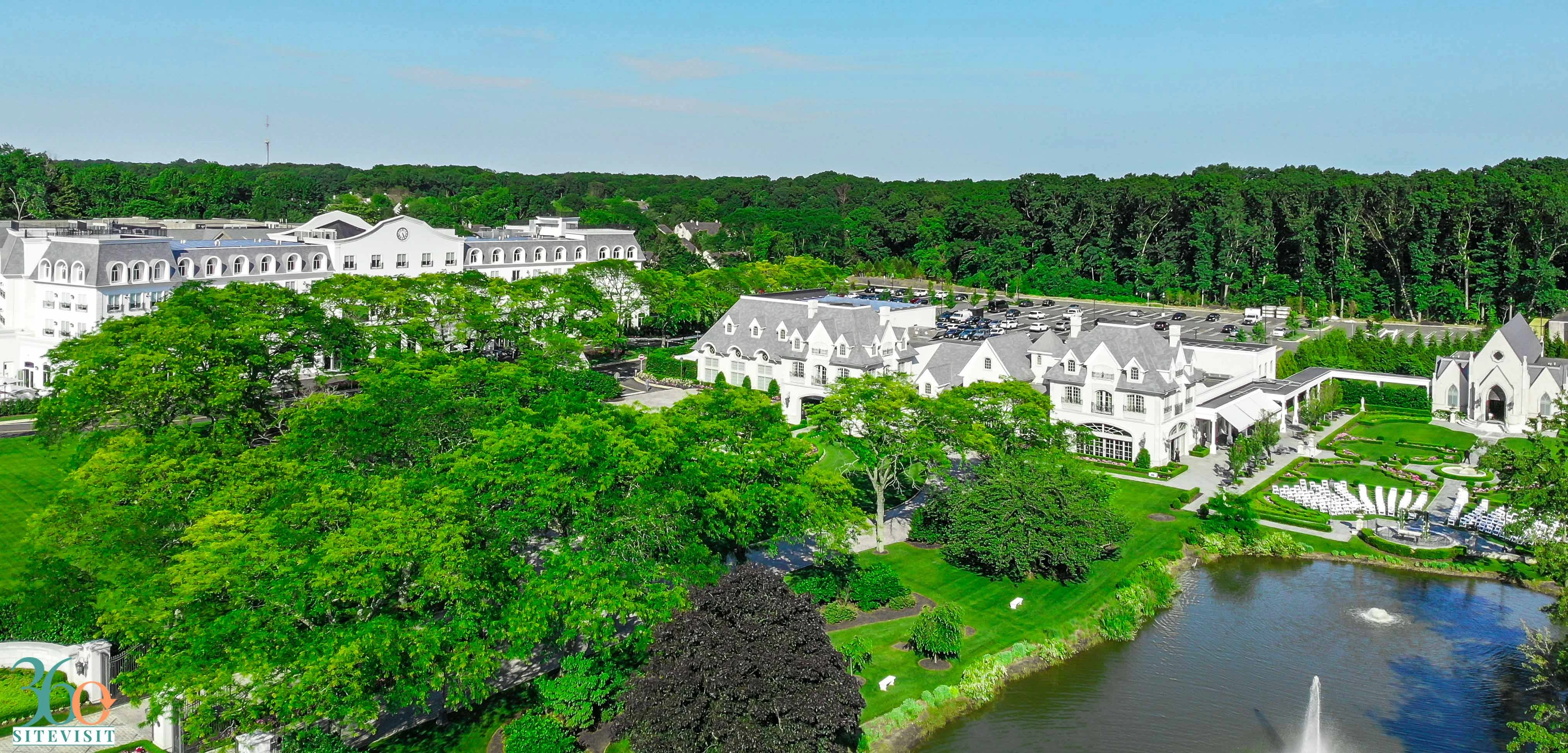
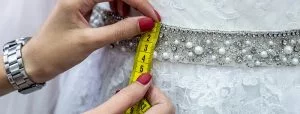
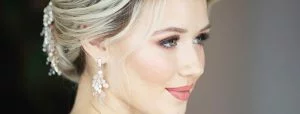
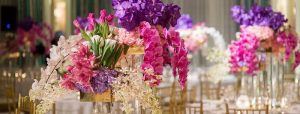


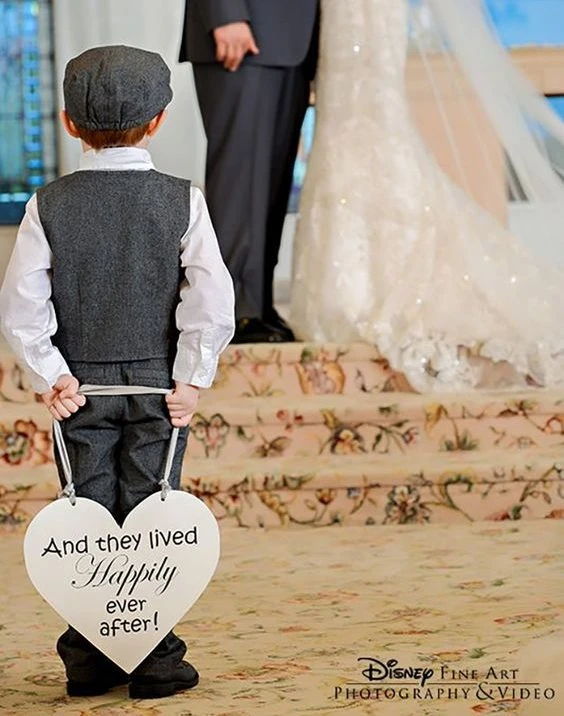
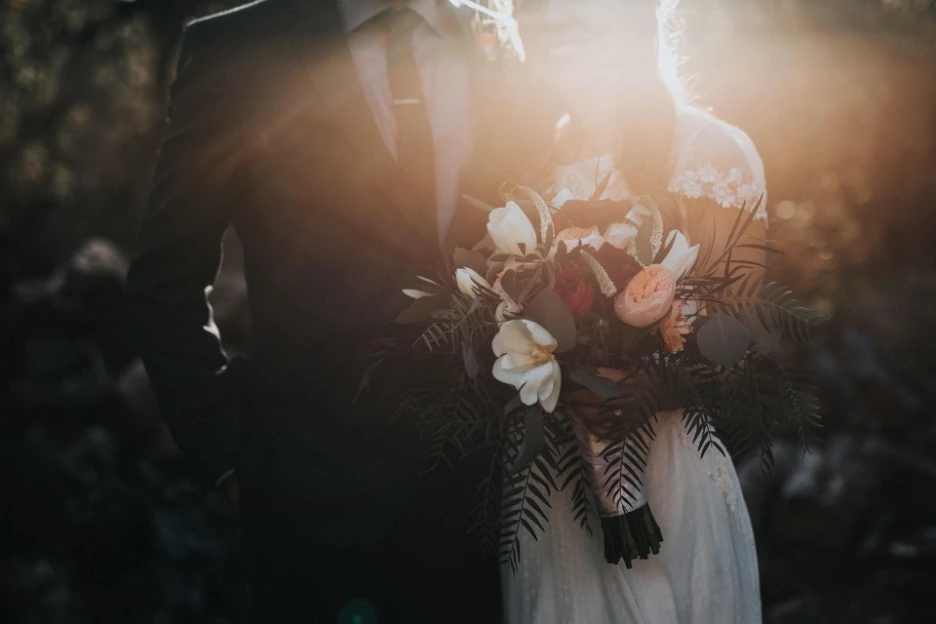
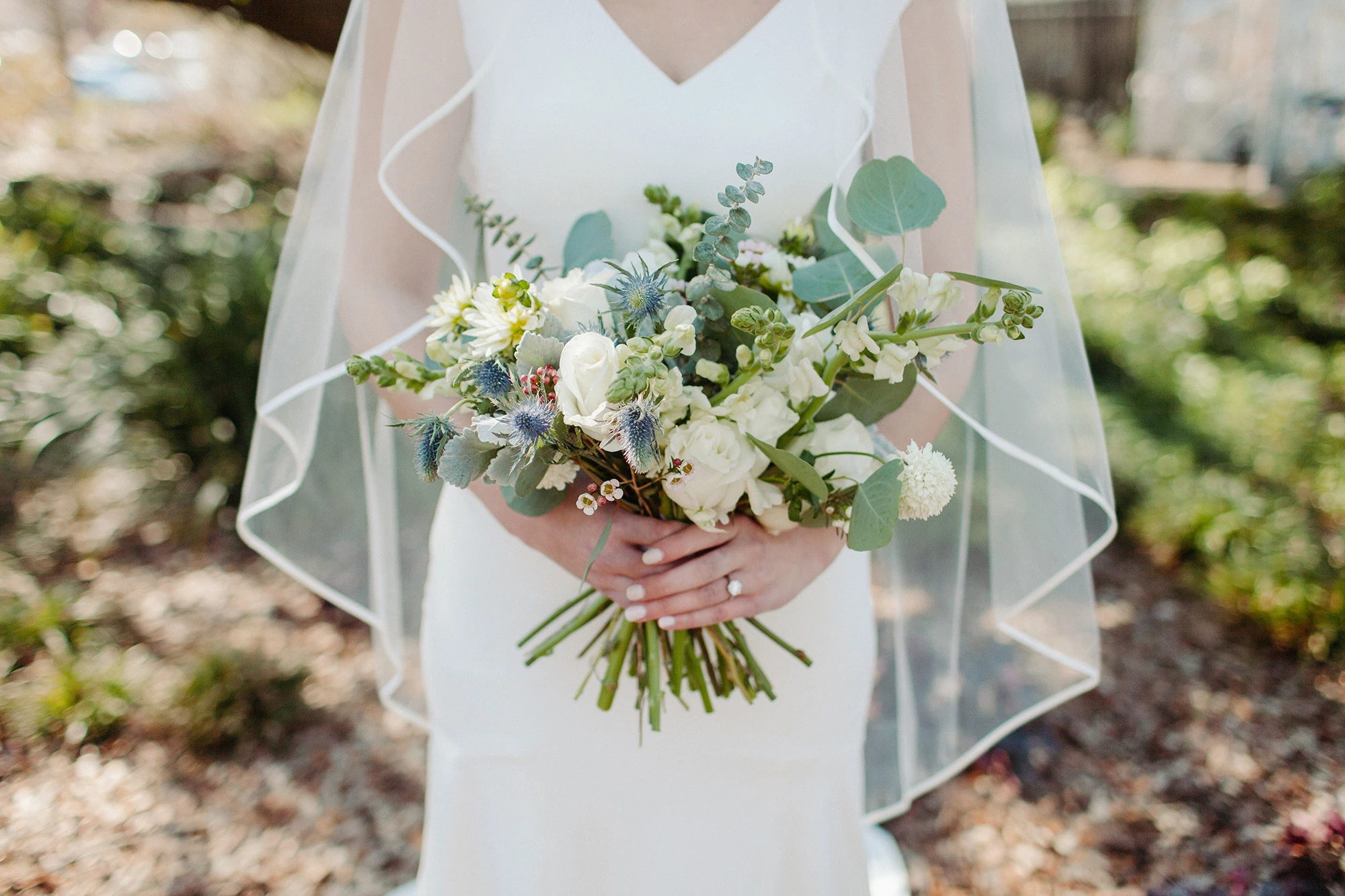

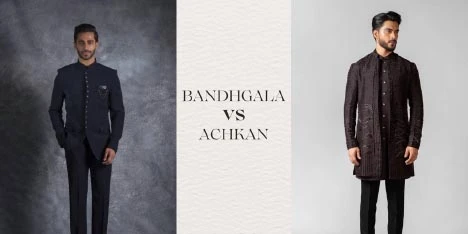
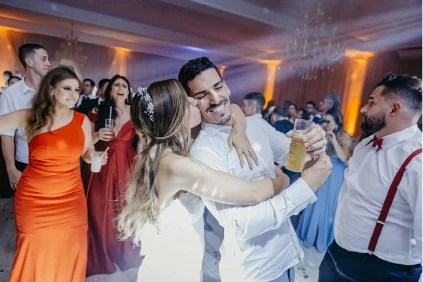
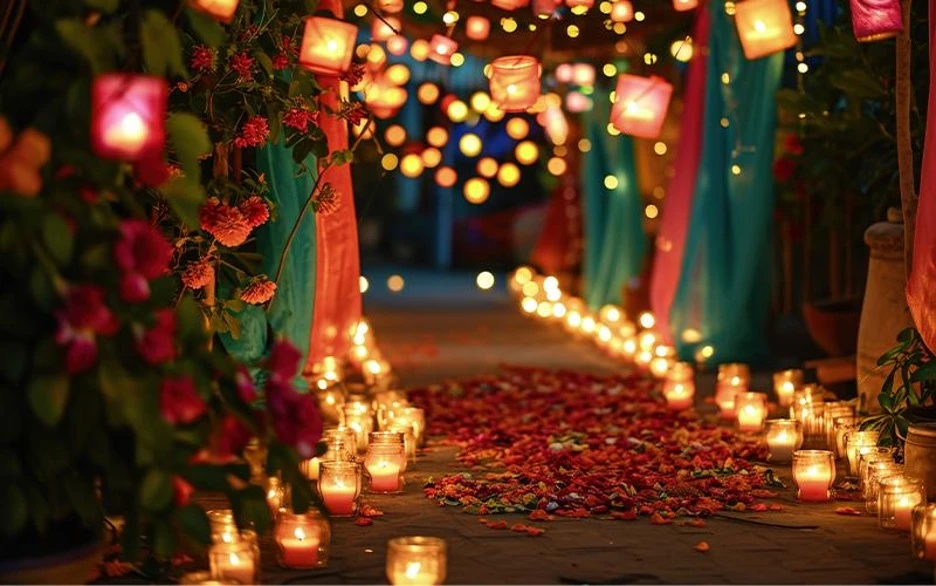
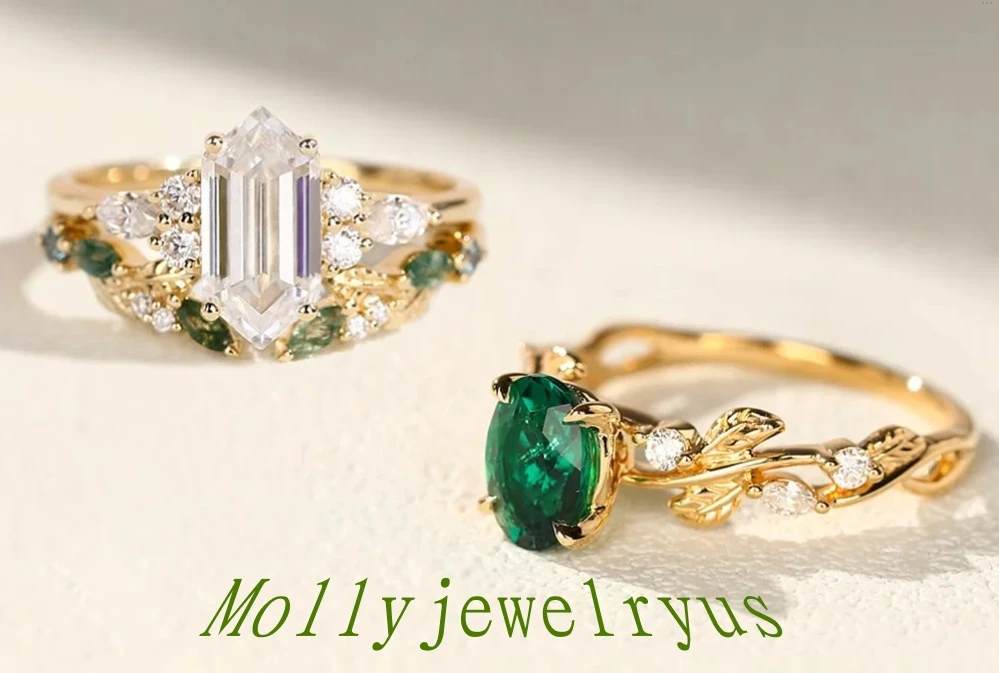
.png)
